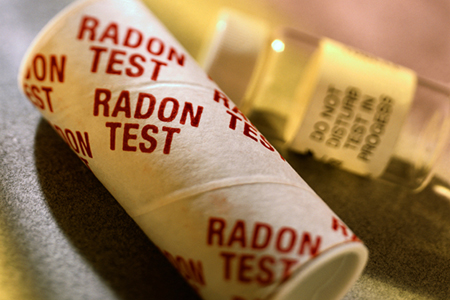 Today’s “Ask the Expert” column features Charles Furlough, Vice President of Field Operations with Pillar To Post Home Inspectors.
Today’s “Ask the Expert” column features Charles Furlough, Vice President of Field Operations with Pillar To Post Home Inspectors.
Q: What do homeowners need to be aware of when it comes to radon and their home?
A: Would it shock you to know that the second-leading cause of lung cancer is radon? In the United States, the Environmental Protection Agency (EPA) estimates about 21,000 lung cancer deaths each year are radon-related, and in Canada, that number stands at approximately 3,000.
Radon, a dangerous gas, is colorless, odorless, tasteless and radioactive. It is formed by the breakdown of uranium, a natural radioactive material found in soil, rock and groundwater.
Nearly one out of every 15 homes in the United States and Canada is estimated to have an elevated radon level. It typically moves up through the ground to the air above and into your home through cracks and other holes in the foundation. Your home traps radon inside, where it can build up. Any home may have a radon problem—this means new and old homes, well-sealed and drafty homes, and homes with or without basements, since this secret killer comes from the ground, not from construction materials.
How Radon Can Get into Your Home
• Cracks in solid floors
• Construction joints
• Cracks in walls
• Gaps in suspended floors
• Gaps around service pipes
• Cavities inside walls
• The water supply
Radon testing is the only way to know if you and your family are at risk from radon. Pillar To Post Home Inspectors conduct a short-term test, using a continuous monitor to provide a snapshot of the home, to see if it has elevated levels of radon. Testing takes approximately two to three days. Results are provided and interpreted and the report is sent directly to the client. Recommendations will then be made for a mitigation system. Even owners of condominiums, houses built on slabs and other situations, need to check on the air quality and the presence of radon in their living quarters.
For more information, visit www.pillartopost.com/radon.











